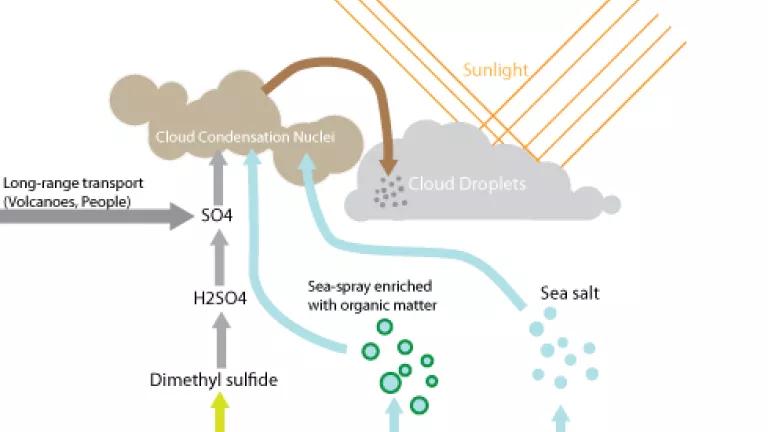
So this article from the Financial Times (subscription required) argues that the supply of polysilicon is finally increasing thanks to production facilities in China, Japan, South Korea, and Taiwan, China. As noted in the article: "In recent years, solar power growth has been strangled by established polysilicon makers' unwillingness to expand capacity rapidly." In fact many argue that significant cost reductions in systems and installations and savings from new financing structures have been masked over the last year or two by the high price of silicon. (See for instance this post on BusinessGreen Blog and the July 9 Deutsche Bank report on solar.) So if silicon prices drop over the next 2-4 years, the price of PV may well drop even more.
Concentrated solar power technology is also look ripe for a big expansion. Green Wombat reports that California is seeing a gold-rush with the federal Bureau of Land Management receiving enough right of way requests for large CSP projects to produce 24 gigawatts. Nothing close to that will come to fruition anytime soon, but the state's largest utilities (SoCal Edision and PG&E) have contracted for between 2 and 3 gigawatts, and that's nothing to sneeze at.
Wind power of course already has a much larger installed base than solar and still has been growing tremendously (see this post for some numbers). Nevertheless, the limited wind turbine production (including gears, generators, and large bearings) capacity worldwide and transport, cranes, and O&M here in the US are driving up the price of wind and slowing down installations. As this press release from the American Wind Energy Association puts it:
This bullish performance by the industry is tempered, however, by supply chain shortages and policy uncertainty--two barriers that are related. Wind power developers report that turbine availability is a limiting factor--in other words, there is demand for even more wind energy but companies can’t build more projects because there aren’t enough new wind turbines to buy.
AWEA's Annual Outlook includes the following map of facilities involved in the wind turbine supply chain.
Columbia business school 2nd year and former summer fellow, Cai Steger wonders "if these supply/demand inefficiencies (and annoying boom/bust cycles) damage overall investment in renewable technology?' (Tip of the hat to Cai for the Green Wombat story too.) I would argue that they must and that's part of the reason we've advocated for state and federal renewable energy portfolio standards that require an increasing percentage of our electricity to come from renewables. This type of policy can create a pathway of sustained orderly development that allows for the longer-term investments needed to minimize bottlenecks. The current energy bill as passed by the House is the best chance we've ever had to get a federal version of such a standard.
Quoting again from the AWEA press release:
...[T]here aren’t enough manufacturing facilities for turbines and turbine parts in the country because the U.S. government’s intermittent policy toward renewables has discouraged companies from investing in manufacturing facilities.
“We’re seeing many new wind farms come on line, and very exciting new investment in wind turbine manufacturing, but it’s only the tip of the iceberg compared to what needs to happen to meet the increasing demand for wind power,” said AWEA Executive Director Randall Swisher. “What is critical at this juncture is for the U.S. government to put in place a full-value, long-term extension of the production tax credit (PTC) and a national renewable energy portfolio standard (RES) requiring that utilities generate more electricity from renewable sources. These policies will give the clear, big picture signal of support for renewable energy that this country urgently needs.”
So the next few years could see much lower prices for solar and wind, many more GW installed per year, but adoption of the right long-term federal policies that keep these markets moving steadily forward will be critical.

